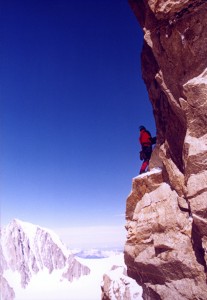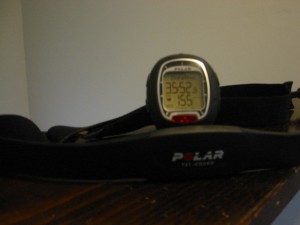 For a while now I’ve been running with my Polar heart rate watch to better gauge the effort I exert during training runs and rides. When I first got the watch I read the manual and went through the set-up process according to the directions. In the manual it stated pretty clearly that the watch would beep whenever I was above or below my target heart rate zone. In the last six months that I have been using the watch I have become slowly tolerant to the beeping. I have had runs where it only beeps for a little bit because I quickly get into and stay in my zone and I’ve had other runs where it beeped the entire time because I was a digit over my heart rate zone. The first time I wore it on a bike ride it also beeped the whole time because I was a couple digits under the heart rate zone.
For a while now I’ve been running with my Polar heart rate watch to better gauge the effort I exert during training runs and rides. When I first got the watch I read the manual and went through the set-up process according to the directions. In the manual it stated pretty clearly that the watch would beep whenever I was above or below my target heart rate zone. In the last six months that I have been using the watch I have become slowly tolerant to the beeping. I have had runs where it only beeps for a little bit because I quickly get into and stay in my zone and I’ve had other runs where it beeped the entire time because I was a digit over my heart rate zone. The first time I wore it on a bike ride it also beeped the whole time because I was a couple digits under the heart rate zone.
Once I wore the watch during my interval runs and then it beeped the entire time because my effort in running intervals was significantly higher than during a long or easy run. The difference during that session with my watch beeping the entire time was that I was on a track. With other runners. I was that girl. Continue reading


 I have been running 9-minute miles for as long as I can remember. Every now and then there is a little variation with my slower time hovering around 9:12 which I usually see on runs of 10 miles or longer and my lower end averages 8:54 on my shorter runs. And for as long as I can remember I have been perfectly content with my 9-minute mile pace. Until this spring. After I ran my first marathon and tacked some other races onto my spring and summer schedule I got my head wrapped around the idea that I wanted to
I have been running 9-minute miles for as long as I can remember. Every now and then there is a little variation with my slower time hovering around 9:12 which I usually see on runs of 10 miles or longer and my lower end averages 8:54 on my shorter runs. And for as long as I can remember I have been perfectly content with my 9-minute mile pace. Until this spring. After I ran my first marathon and tacked some other races onto my spring and summer schedule I got my head wrapped around the idea that I wanted to  We all know that
We all know that 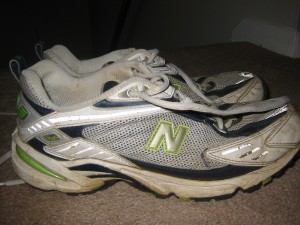
 I’ve found a sweet spot lately with a five mile loop. It seems to take just the right amount of time, it has the right amount of hills, and each time I finish the five miles I feel a little better about it than the last time. As nice as it’s been, you might say I’ve been in a five-mile rut. If I weren’t planning to run a half marathon the first weekend of August it might not matter that I’ve been stuck at five miles, but I am. So I finally upped my mileage and it’s been several months, since the
I’ve found a sweet spot lately with a five mile loop. It seems to take just the right amount of time, it has the right amount of hills, and each time I finish the five miles I feel a little better about it than the last time. As nice as it’s been, you might say I’ve been in a five-mile rut. If I weren’t planning to run a half marathon the first weekend of August it might not matter that I’ve been stuck at five miles, but I am. So I finally upped my mileage and it’s been several months, since the 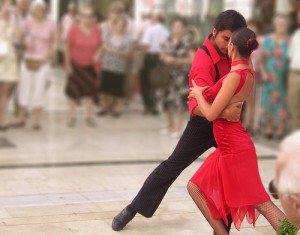
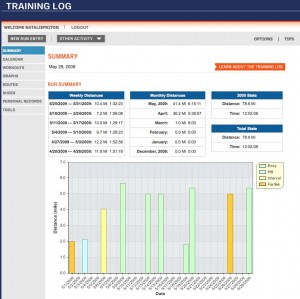 For the last month I have been using the training log on runnersworld.com both to log my work-outs as well as to experiment with one of the many available online training log programs available to athletes. It was a few months ago that I decided I would use and
For the last month I have been using the training log on runnersworld.com both to log my work-outs as well as to experiment with one of the many available online training log programs available to athletes. It was a few months ago that I decided I would use and 
